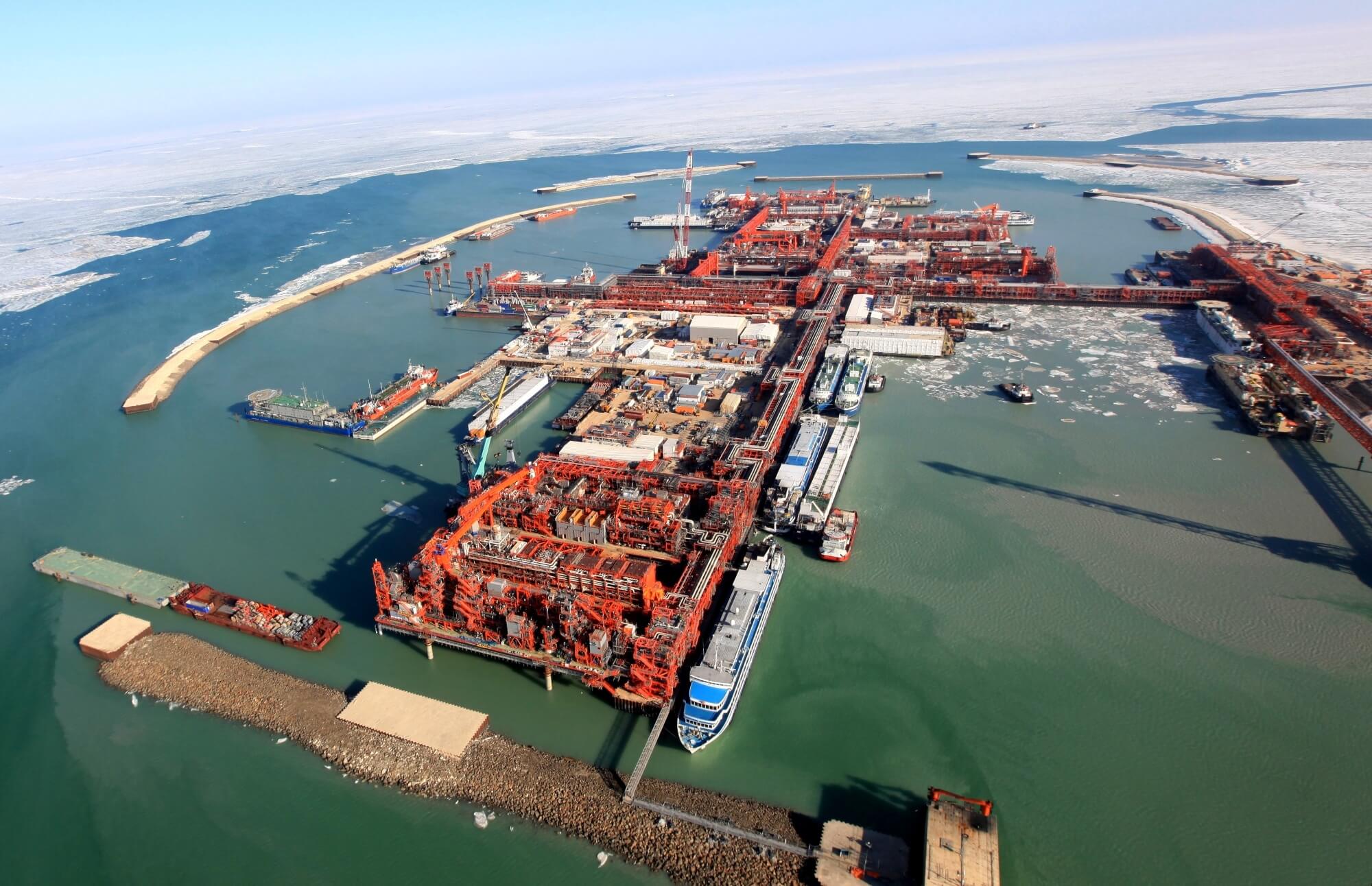Kazakhstan has chosen to resort to legal methods to extract what it sees as its legitimate material rights with a group of major oil companies, led by Eni, Shell and Total Energy, among many others.
Kashagan and Karachaganak, two of the largest oil fields in the Central Asian country, are at the heart of the conflict between Astana and the global energy giants.
In this regard, Kazakh Energy Minister Almasadam Satkaliyev said that his country has begun – effectively – taking litigation measures against companies working to develop the Kashagan and Karachaganak oil fields, demanding that they pay $13 billion and $3.5 billion, the deducted costs of the two fields, respectively. Within the framework of profit-sharing agreements concluded between the two sides, according to Reuters.
“I can say that these lawsuits were filed in the interest of the people of Kazakhstan,” Satkaliyev continued in press statements he made today, Tuesday, April 11 (2023).
Satkaliev refused to give any other details regarding the mentioned cases.
Oil giants in the courts
The Kashagan offshore oil field (one of the largest oil discoveries in recent decades) is under development by Eni, the Italian energy giant, its Anglo-Dutch counterparts Shell, Italian Total Energy, the American Exxon Mobil, Kazakhstan’s Gas Monai Gas, and the China National Oil Corporation “C”. NBC”.
Moreover, Eni, Shell, and Gas Monai Gas also own stakes in the Karachaganak field, along with Chevron, the US energy pioneer, and private Russian Lukoil.
Both projects are governed by production-sharing agreements that stipulate that companies can deduct certain costs from income before sharing them with the Kazakh government.
The size of the rebates determines how much income is to be shared between the oil majors and Kazakhstan.
Kashagan and Karachaganak are the second and third largest oil producers, respectively, in Kazakhstan, whose economy relies heavily on energy exports, with a production volume of about 400,000 barrels per day.
Continuing disputes
The Astana government has already, in effect, entered into a series of disputes with its partners over the terms of oil agreements, which usually ended in settlements accepted by both sides.
The lawsuits cover the period from 2010 to 2018 for the Kashagan oil field located in the Caspian Sea, and the period from 2010 to 2019 for the Karachaganak field, according to a report published by Bloomberg Network in April (2023).
Kazakhstan and the Karachaganak alliance had reached a settlement over most of their disputes in 2018 in the culmination of negotiating efforts that lasted 3 years, which ended with the latter paying a total of $ 1.1 billion to Astana, and also increasing its share in future profits.
The second largest producer after Russia
Kazakhstan ranks second in the list of the largest oil-producing countries in the former independent republics of the Soviet Union, with a total production volume of 1.5 million barrels per day.
Russia maintains the first place in the list with a total production ranging between 10 and 11 million barrels per day, noting that both countries are active members of the “OPEC” group of oil exporting countries.
In 2021, Kazakhstan’s oil exports reached about 1.32 million barrels per day, compared to 1.42 million barrels per day in 2020, according to OPEC’s annual report.
Slight drop
The production of oil and condensate in Kazakhstan recorded a slight decline in the past year (2022), according to data issued by the Ministry of Energy and published by the Upstream website.
The volume of Kazakhstan’s oil production fell by only 2% in 2022, compared to the previous year (2021) – recording 1.75 million barrels per day.
According to the same data, the largest reduction came from the Kashaghan field, as it amounted to 22%, equivalent to 264 thousand barrels of oil per day.
On the other hand, the volume of production in the Tengiz field – the largest onshore field in Kazakhstan – increased by 10%, recording 610 thousand barrels of oil per day, despite the continuation of work on expanding this project, which costs billions of dollars, and its first phase is scheduled to be completed by the end of this year (2023). ).
Meanwhile, condensate production from the Karachaganak field fell to 235,000 barrels of oil per day, according to Energy Ministry data.
related topics..

Leave a Reply